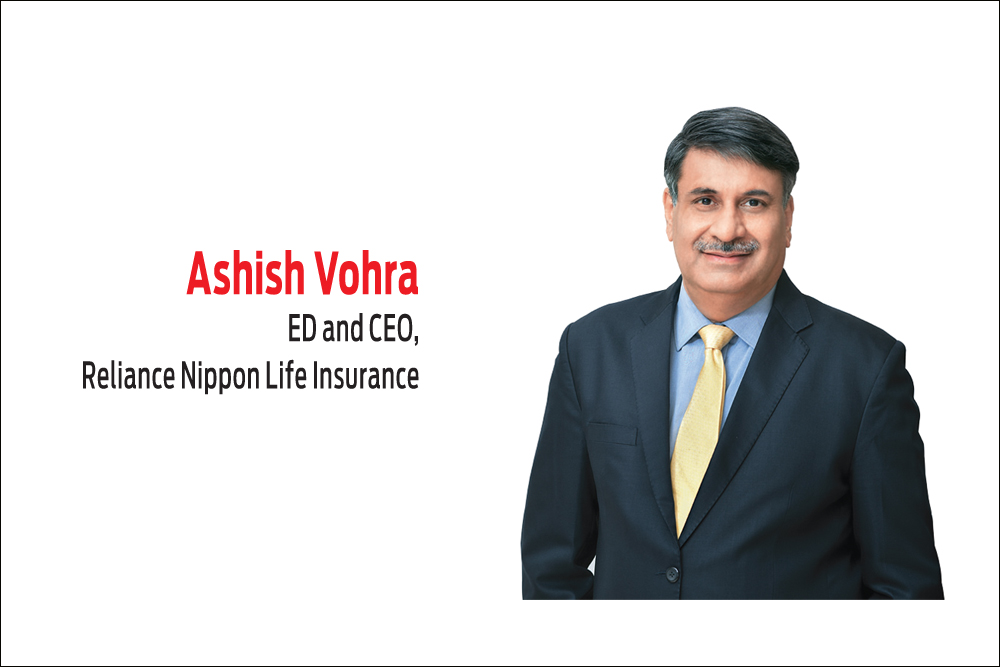It was in the late 80’s, a Graduate Engineer Trainee at Eicher Motors, I was waiting patiently for my salary of Rs2,000 to be credited. Soon upon receiving it, I had rushed to make a ‘trunk call’ to share the joyous news with my parents...However, like every other concerned parent, they also advised me to invest the amount in a life insurance policy. One salary every year towards insurance savings for the long term! An advice, which I followed for the 20 years to come—A wise call, both from taxation and returns perspectives.
The early 90’s witnessed the IPO boom, and share application forms were available in newspaper stands, and everyone from the paperwala to the relatively less privileged employees in our company were distributing free advice. Also fuelled by movies that portrayed rapid wealth creation by smart playing at the stock market, I joined the herd that was punting Rs1,000 for a 100-share application. There was nothing smart about this random strategy of putting money in names that sounded right on the advice of wise men, who by the way were completely clueless! With four out of six of my investments disappearing into oblivion I learnt the most crucial investment lesson—investments needed to be well advised, well researched and well considered.
I worked for four years after engineering, built my savings to finance my MBA, which I pursued from IIM Bangalore. As luck would have it, the college fee increased from Rs3,500 in the first year to Rs15,000 in the second year. All my four years of savings did not have the ability to absorb the extra Rs12,000. This was my first tryst with the rising cost of education, and of course my first loan of Rs15,000 from a bank.

Moving from my first job, I was keen on investing the lump sum I received as my full and final settlement. Recalling my early face-offs with poor returns, I decided to be more conservative and balanced. So, I invested half my proceeds into risk-free instrument - National Savings Certificates (NSCs) and the other half into equity market - of course with more prudence and research on the scrips. And, 15 years later I was surprised at the variance in returns across the two investments – the NSC investment had doubled while the prudent investment in equity gave me returns to the tune of 100 times of the initial investment. My greatest learning therefore was to be balanced and deliberate with investment decisions over a long term than short term.
I was in my late 30’s when my daughter was born, and I realised that my responsibilities and liabilities had grown. Soaring cost of higher education, coupled with a nuclear single income family made the risk of me dying too soon quite apparent. Equipped with more wisdom on types of funds and insurance plans, I made a call for a large value 20 year traditional insurance plan with a sum assured of Rs1 crore - I had to select a suitable plan considering my objectives and risk appetite. The learning clearly was that, had I made the same decision 10 years earlier, my annual premium would have been significantly lower for the same benefit. Life insurance plans must be purchased early in life, with adequate protection cover to maximise benefit.
Today, with a balanced portfolio across risk-free and high return products, I continue to invest in long-term insurance plans with a potential to earn higher returns. It gives lesser results in the short-term, but the compounding effect it can have on the portfolio in the long term is tremendous, besides bringing in safety and stability if guarantees are chosen as an option. Life insurance besides covering the risk of the breadwinner’s demise, also brings in fulfillment to the cause of disciplined savings for the child’s higher education and providing financial security for long years of retirement.







